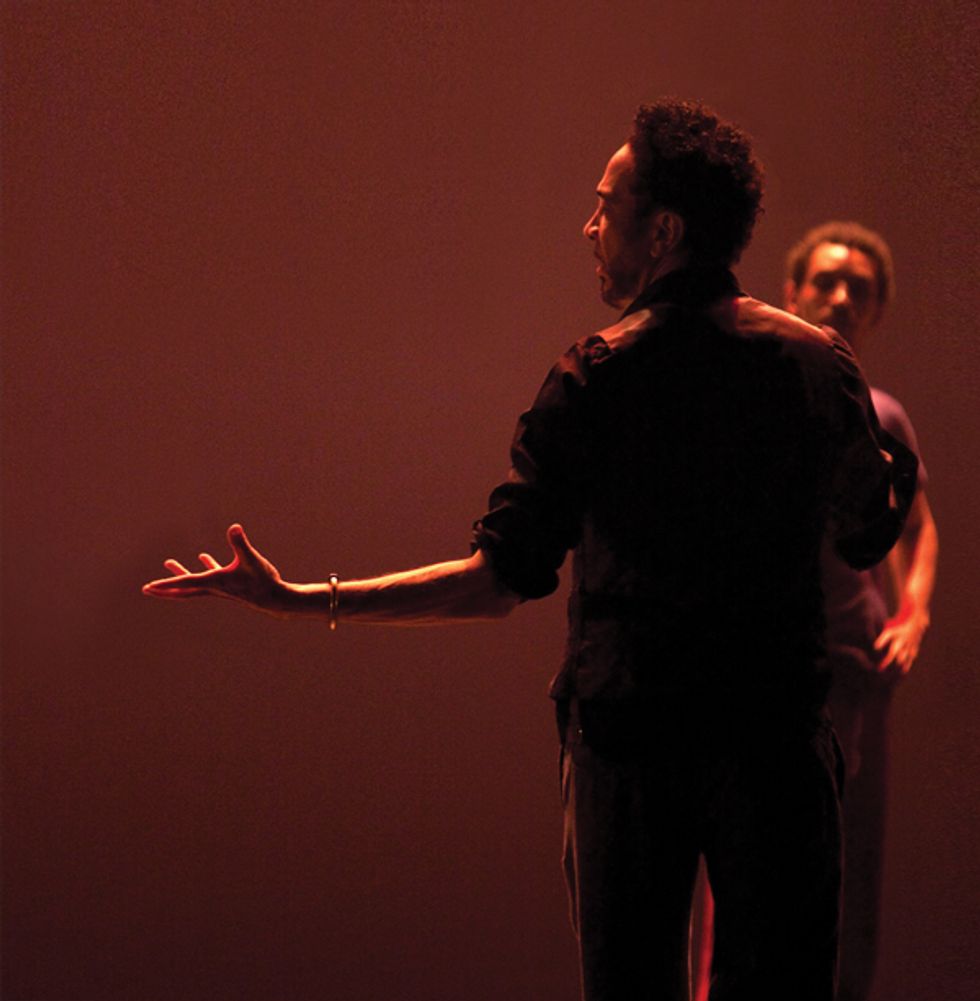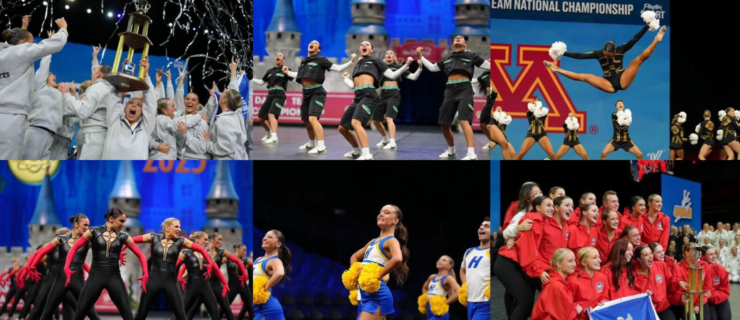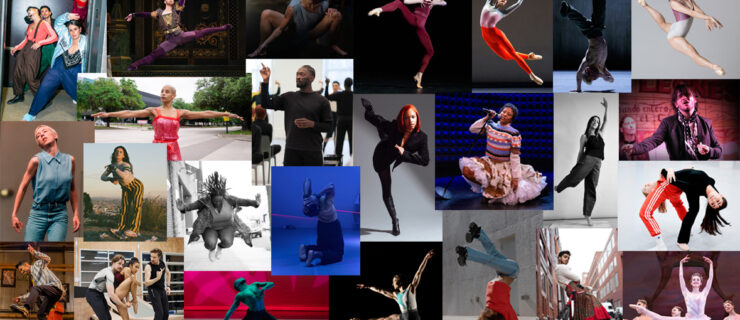Dwight Rhoden

(by Rosalie O’Connor)
Although choreographer Dwight Rhoden is best known as a founding artistic director (along with Desmond Richardson) of Complexions Contemporary Ballet, it often seems like he’s everywhere at once. Recently, he’s set work on North Carolina Dance Theatre, Wendy Whelan and the Mariinsky Ballet. Rhoden was a principal dancer with Alvin Ailey American Dance Theater before fully channeling his energies into making new dances. So where does this prolific choreographer find his inspiration? Read on to find out.

Complexions in Rhoden’s The Curve (by Bill Herbert)
“The diversity of our company defines everything we do—it’s why we’re called Complexions. My choreographic choices are all about contrasting elements working together harmoniously. When I’m making an original piece, I take into account the people I’m working with. Many times, I’ve created dances out of what I felt would challenge my dancers as artists and help them grow.”

Picasso’s Les Desmoiselles d’Avignon (© 2011 Estate of Pablo Picasso/Artists Rights Society, New York/Courtesy MOMA)
“I love going to The Museum of Modern Art in NYC to see the abstract expressionist work. I’m inspired by Picasso because of the complexity of his paintings. I never get tired of them.”

(by Josephine Daño)
“I’m a news junkie. I’m constantly inspired by what’s happening in the world and how people react. Recently, I’ve been thinking about the unrest in the Middle East and the issues surrounding gay marriage. I’m hoping to address those in future works.”

Working with Desmond Richardson and Wendy Whelan (by Jae Man Joo)
“I’m excited about nontraditional partnering. Not ‘pick them up, put them down,’ but a manipulation of the dancers’ forms—how they’re connected. I like to create pas de deux where the pair never disconnect from each other, yet are still dancing independently.”

Carmina Burana (by Will Shively)
“When I choreographed Carmina Burana
for BalletMet Columbus, the jumping-off point was the ever-changing dynamic of the music. It’s so rich that everyone who listens to it hears something different.”

Othello (by Peter Zay)
“I choreographed an Othello for North Carolina Dance Theatre that placed the Shakespearean story in modern times. It’s the action—not necessarily the original time frame—that’s important.”

Pennsylvania Ballet in Balanchine’s The Four Temperaments (by Alexander Iziliaev)
“Whenever I see George Balanchine’s work, I learn from his astute construction and his pioneering spirit. His black-and-white ballets, especially, speak to me.”

Working with Desmond Richardson and Wendy Whelan (by Jae Man Joo)
“Having the right rehearsal space has an influence on the final product. I like to work in places where there’s sunlight and windows. I’m more inspired when I can feel the world outside the studio.”




